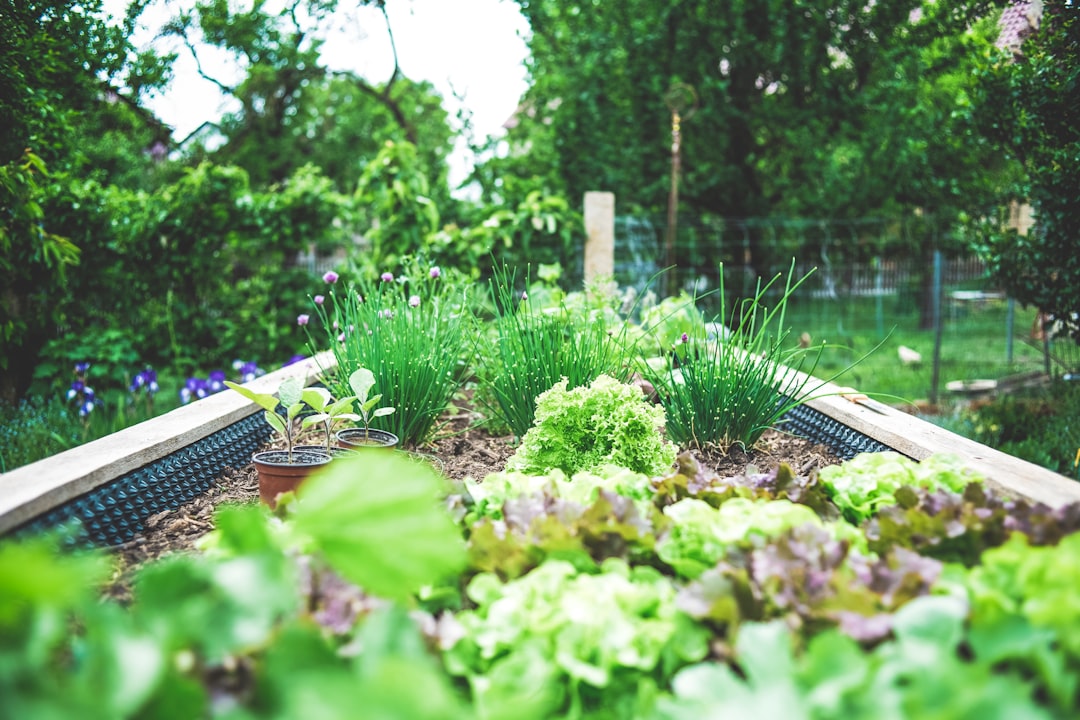Growing herbs is a rewarding experience, whether you’re cultivating a small windowsill garden or an expansive backyard plot. But to get the most out of your herb garden, it’s important to understand the life cycles of different herbs. Herbs can be classified as annuals, biennials, or perennials, and knowing the difference helps you plan for continuous harvests year after year.
Let’s explore what these terms mean and how to strategically plant herbs for a thriving, long-lasting herb garden.
1. Annual Herbs: One-Season Wonders
Annual herbs complete their entire life cycle—germination, growth, flowering, and seed production—within a single growing season. Once they set seed, they die, requiring replanting each year.
Popular Annual Herbs:
🌿 Basil – A summer favorite, perfect for pesto and fresh salads.
🌿 Cilantro (Coriander) – Grows quickly but bolts in warm weather.
🌿 Dill – Great for pickling and seasoning fish dishes.
🌿 Summer Savory – A lesser-known herb with a peppery taste, excellent in bean dishes.
How to Grow Annual Herbs for Continuous Harvest:
✅ Succession Planting – Sow new seeds every few weeks to extend your harvest.
✅ Pinch Back Flowers – Prevent herbs like basil from going to seed too quickly.
✅ Save Seeds – Collect seeds from plants like dill and cilantro for next season’s planting.
Since annuals grow quickly, they’re perfect for beginners and those who want fast-growing herbs for immediate use.
2. Biennial Herbs: Two-Year Growers
Biennial herbs take two years to complete their life cycle. In the first year, they focus on leafy growth. In the second year, they flower, set seed, and then die.
Popular Biennial Herbs:
🌿 Parsley – Produces lush leaves in year one; flowers and seeds in year two.
🌿 Caraway – Grown for both its seeds and leaves, with a strong, anise-like flavor.
How to Grow Biennial Herbs for a Steady Supply:
✅ Plant in Stages – Start a new crop each year to ensure continuous harvests.
✅ Overwintering – Many biennials survive mild winters and regrow in spring.
✅ Harvest Leaves Early – Use parsley’s fresh leaves in the first season before it flowers.
Because biennials last longer than annuals, they provide a more extended harvest but require some planning to maintain a steady supply.
3. Perennial Herbs: Long-Term Garden Staples
Perennial herbs live for multiple years, returning season after season with minimal effort. Some may die back in winter but regrow in spring, while others stay evergreen year-round.
Popular Perennial Herbs:
🌿 Rosemary – A woody herb with a piney aroma, great for roasting and grilling.
🌿 Thyme – A hardy herb that spreads and thrives in various climates.
🌿 Oregano – A Mediterranean favorite used in Italian and Greek dishes.
🌿 Chives – Easy to grow, with a mild onion flavor.
🌿 Sage – A resilient herb with earthy flavors, often used in stuffing and meats.
🌿 Lavender – A fragrant herb, popular for both culinary and aromatic purposes.
How to Grow Perennial Herbs for a Long-Lasting Garden:
✅ Choose a Permanent Location – Perennials need space to grow year after year.
✅ Prune Regularly – Trim back woody herbs like rosemary and thyme to encourage fresh growth.
✅ Divide When Necessary – Herbs like chives benefit from occasional division to prevent overcrowding.
Perennial herbs are great for gardeners who want low-maintenance plants that return each season, offering fresh flavors and aromas for years.
4. Planning a Herb Garden for Continuous Harvest
By combining annuals, biennials, and perennials, you can ensure a constant supply of fresh herbs throughout the year. Here’s how to create a well-balanced herb garden:
Step 1: Mix Annuals for Fast Growth and Variety
-
Plant quick-growing herbs like basil and cilantro for immediate use.
-
Stagger planting times to extend the season.
Step 2: Include Biennials for Ongoing Harvests
-
Start a new batch of parsley each year to always have fresh leaves.
-
Let some biennials go to seed to naturally reseed your garden.
Step 3: Establish Perennials for Long-Term Growth
-
Dedicate space for perennials that will return each year.
-
Position woody perennials like rosemary and thyme in permanent spots where they can thrive.
By understanding the life cycles of different herbs, you can plan a thriving, productive garden that offers fresh herbs year-round with minimal effort.
Conclusion: Grow Smart, Harvest More
Whether you’re looking for fast-growing annuals, steady biennials, or long-lasting perennials, planning your herb garden wisely ensures a continuous supply of fresh, flavorful herbs.
🌿 Start planting today, and enjoy fresh herbs season after season! 🌱

Comments
No comments yet. Be the first to comment!
You must be logged in to comment. Login